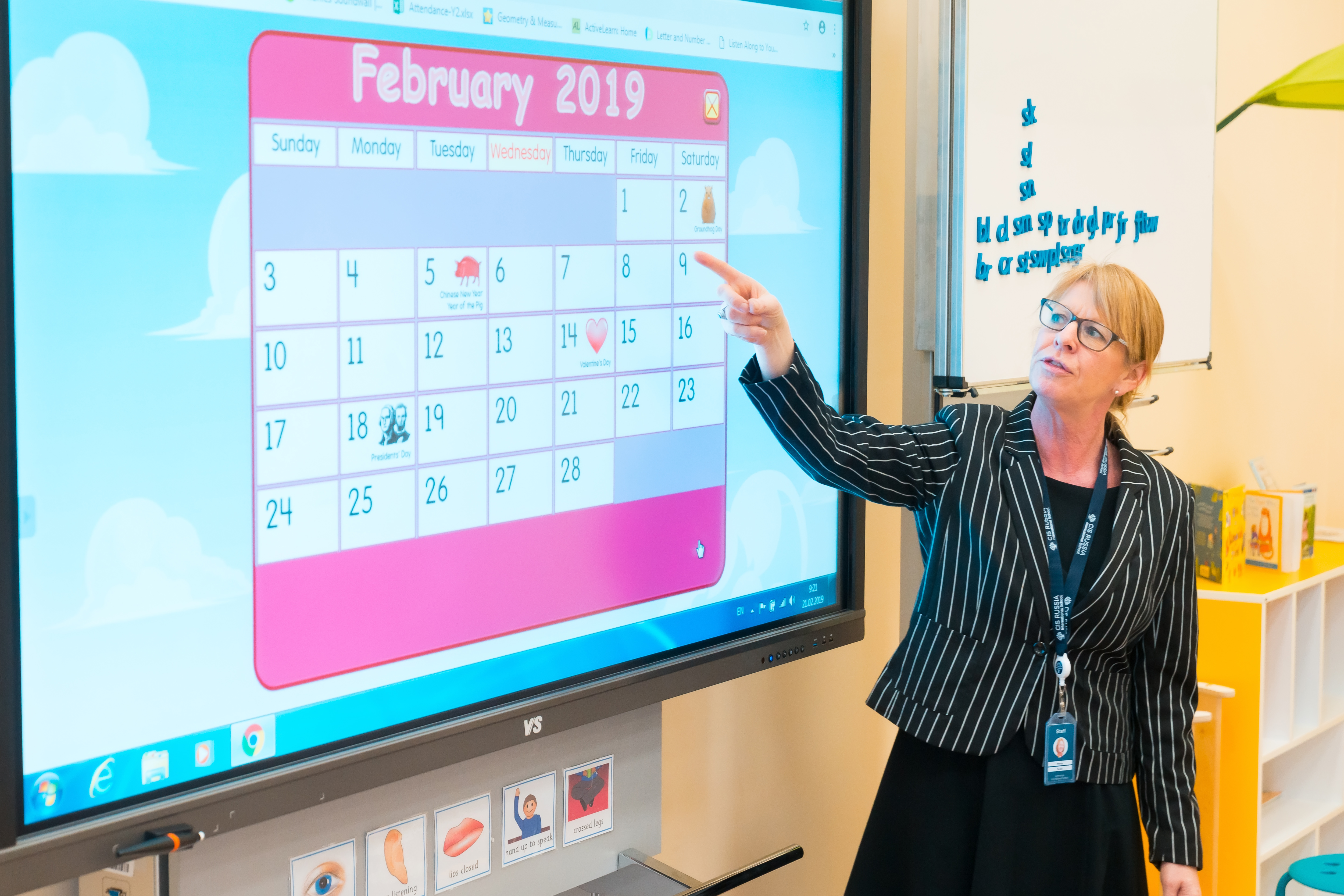AI in School: Should We Fear It or Use It for Good?

Artificial intelligence (AI) sounds like something out of a science fiction film: robots that think for us, or perhaps even replace teachers? But let's be clear: AI is already here, and it is not an enemy, but an assistant that can make learning more interesting and effective. The only question is how to use it so that it brings benefits rather than causing concern. Let's take a look at what AI is in education, whether it is something to be afraid of, and how it is already being used in schools and universities around the world.
What is AI in school?
AI is not just chatbots like the ones that answer questions on the internet. These are programmes that can analyse data, help with homework, check assignments, or even tailor lessons to each student. For example, AI can notice that you are struggling with maths and offer you easier assignments to help you understand, and then gradually make them more difficult. Impressive, right?
But there is another side to it. Some people fear that AI will make learning too ‘mechanical’ or that students will start cheating with the help of neural networks. Yes, there are such risks, but it all depends on how we use technology. It will not be possible to ban it — it is already part of our lives. It is better to learn how to use AI in a way that helps learning rather than hinders it.
Examples from around the world: how universities are using AI
Universities around the world are already actively implementing AI, and the results are impressive. Here are a few examples that show how artificial intelligence is changing education for the better:
- Harvard University (USA)
At Harvard, AI helps teach an introductory course in programming. A neural network selects assignments for students based on their level of preparation and provides instant feedback. It's like having a personal tutor who is always there! Teachers note that thanks to AI, they can spend more time explaining complex concepts rather than checking homework. Studies show that student performance in such courses has increased by 20-30%.
- Emory University (USA)
Students at this university have created an AI-based chatbot called Emora, which helps freshmen cope with anxiety and adapt to their new environment. Emora discusses deep topics, provides support and gives advice on how to survive the first months at university. This is especially important for those who have just moved and feel lonely. Such AI makes learning not only smarter, but also more human.
- The University of Hong Kong (Hong Kong)
Here, students and teachers are allowed to use ChatGPT and other neural networks for study and work. Moreover, the university offers online courses that teach how to use AI effectively. For example, students can use neural networks to analyse data or create presentations, while teachers can use them to develop tests. This helps save time and makes classes more interactive.
- Moscow City Pedagogical University (Russia)
MGPU became the first university in Moscow to officially allow the use of AI for writing theses. Students can use neural networks to search for information or structure text, but must indicate that they have used AI. This teaches honesty and helps them focus on the creative part of their work rather than the routine.
The advantages of AI in school
AI is like a Swiss Army knife for learning. Here are a few reasons why it's worth using:
- Personalisation. AI tailors tasks to your level. If you grasp the material quickly, it will offer more challenging tasks, and if you don't understand something, it will provide additional explanations. For example, the Thinkster maths learning platform analyses how a student solves problems and selects exercises that are perfectly suited to them.
- Time saving. AI can check tests, essays and even give advice on how to improve your writing. Teachers don't have to spend hours checking work, and you have more time for your favourite activities.
- Accessibility. AI makes education more accessible. For example, in some countries, AI robots help children who cannot attend school due to illness to participate in lessons remotely.
- Interactivity. Lessons with AI are not boring lectures. They can be games, quizzes or virtual laboratories where you can, for example, conduct chemical experiments without the risk of blowing up the classroom.
What about the downsides?
Of course, AI is not a magic wand. There are pitfalls:
- Cheating. Some students may use AI to ‘do their homework for them.’ But this is easily solved: teachers can assign creative tasks that require your ideas, not just copying text from a neural network.
- Ethics and data. AI collects information about your academic performance, and it is important that this data does not fall into the wrong hands. In Russia, for example, before you start studying, you or your parents sign a data processing consent form to ensure that everything is above board.
- Human contact. Some people fear that AI will replace teachers. But this is a myth! AI takes care of the routine, while teachers remain to inspire, support and explain complex things. As the head of UNESCO said, AI should complement, not replace, human communication in education.
How to use AI for good?
To make AI your friend rather than a source of problems, here are a few ideas:
- Study wisely. Use AI to search for ideas or check for errors in texts, but don't copy everything indiscriminately. For example, write an essay and then ask a neural network like GigaChat to suggest how to improve your style.
- Ask your teachers. If you don't know how to use AI properly, ask your teachers. Many schools are already developing rules to ensure that AI helps rather than hinders.
- Experiment. Try platforms like PrepAI or Smartest Learning, which create tests and presentations. It's not only useful, but also fun.
- Be honest. If you use AI for a project, indicate this. Honesty is what makes you a cool researcher.
Conclusion: fear or use?
AI is not a scary robot that will take over schools, but a tool that can make learning more interesting and easier. World-class universities such as Harvard, Emory, and MGPU are already showing how AI helps students and teachers. The main thing is to use it wisely, honestly, and remember that real success depends on your efforts and ideas. So don't be afraid of AI, try to befriend it — and maybe it will become your best helper in your studies!



